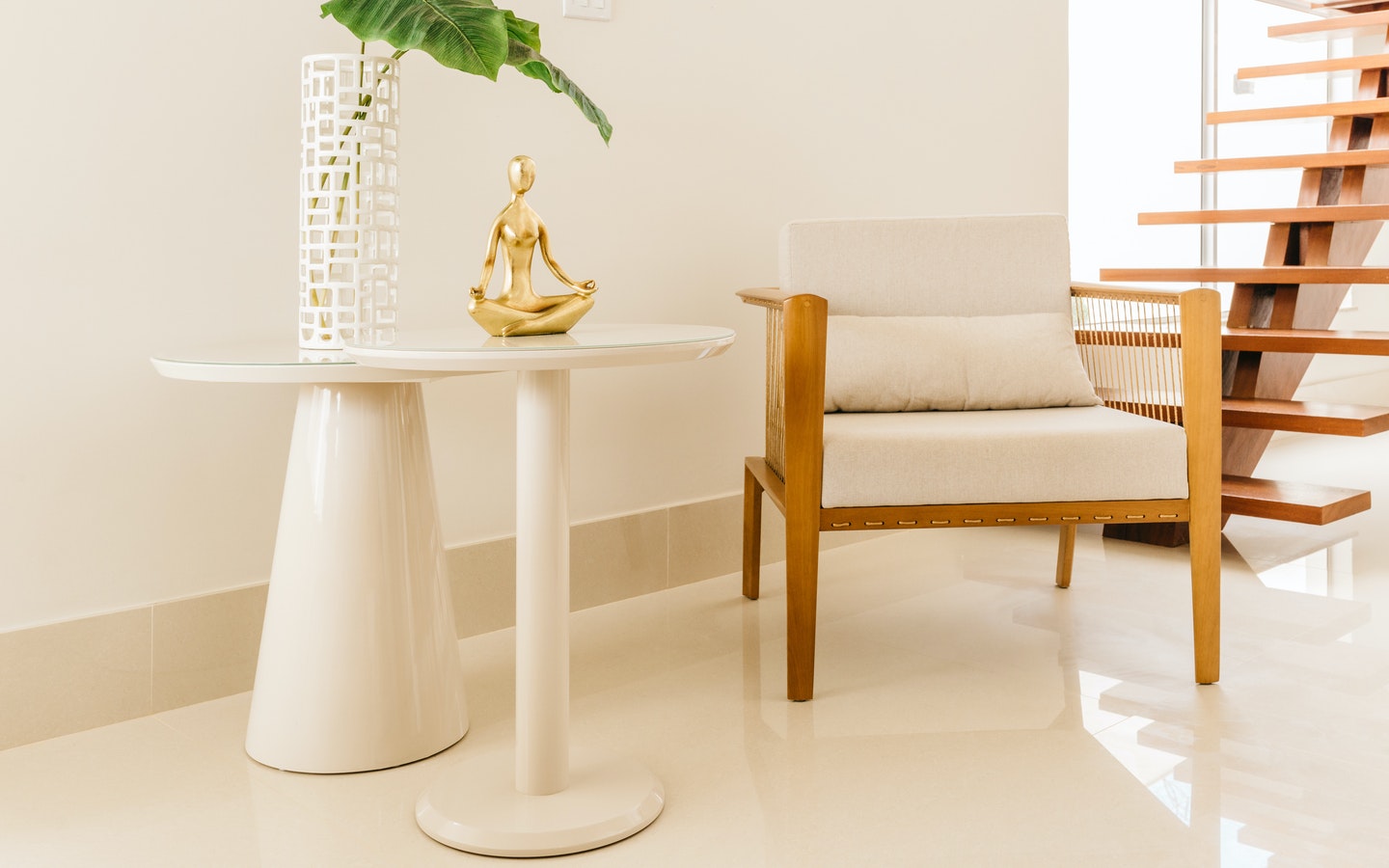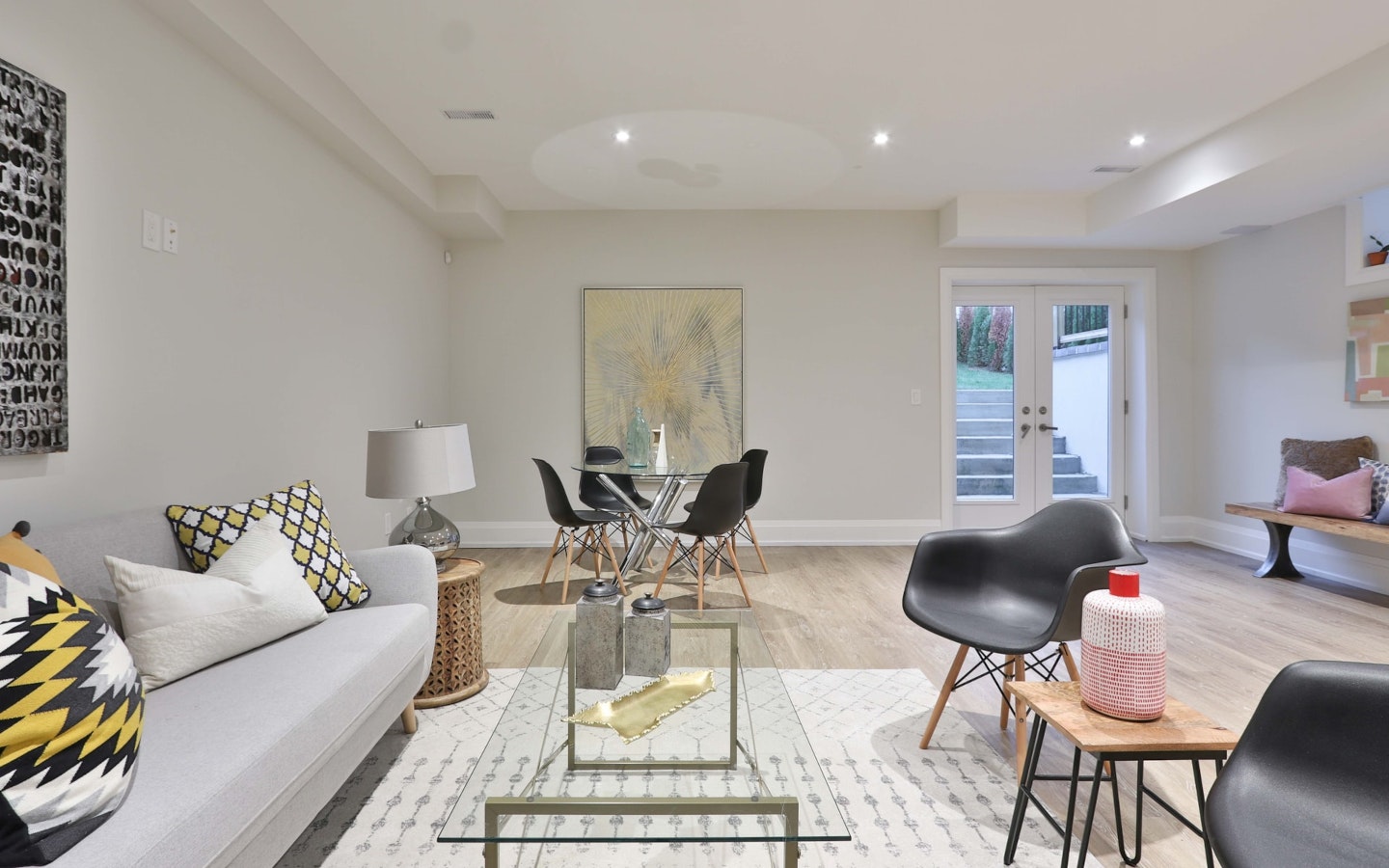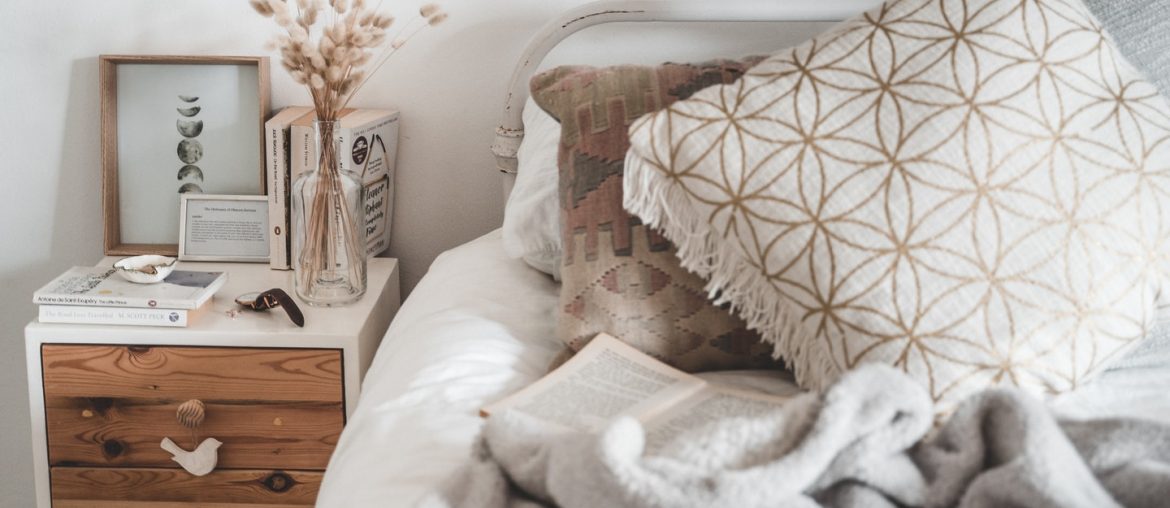Your home is where you can be free – free to live your life and create new dreams. It is where you feel the most comfortable, your place of zen. Your home plays a massive role in your life. Which is why it has to reflect your taste and personality. And the best way you can make that happen is through interior design. But many of us have misconceptions when it comes to interior design. We think of it as too expensive and unnecessary. In reality, that is not the case. Interior design can be affordable if you do it right. All you need to do is to choose the style that suits you best and go about implementing it into your home. In our last article, we looked at the modern interior design style. And today, we will be discussing the style that inspired modern interior design – the Scandinavian interior design style.
What is Scandinavian Interior Design?

Scandinavian interior design focuses mainly on simplicity, functionality, and comfort. It is minimalist in nature, with sleek, modern elements. But there is also a great emphasis on ensuring a comfortable setting. All in all, the Scandinavian design style is the perfect mix of modern features and simplicity.
The history Behind Scandinavian Interior Design

This style of interior design originated in the 1930s, from the nordic countries, i.e Denmark, Finland, Iceland, Norway, and Sweden. Scandinavian interior design was centered mainly around a simple lifestyle.
At the beginning of the 20th century, modernism came to replace romanticism. And with this change, nordic designers such as William Morris started drifting towards more natural, simpler designs. This change was labeled as the ‘arts and craft movement’. This came to be very important later in history, with the onset of two World Wars. It became a way to rebel against the hierarchy and aristocracy, and a way to show that elegance and style isn’t just limited to the upper echelons of society. Scandinavian interior design started gaining traction in the 1940s but became more recognized after the creation of the Lunning Prize, which is considered to be a Nobel Prize equivalent in the world of Scandinavian design.
Elizabeth Gordon, a former editor of the interior design magazine ‘House Beautiful’, said that the Scandinavian design style served as an antidote and also was a utilitarian display of solitude against fascism and totalitarianism during the second world war. She ended up propagating the fame of Scandinavian interior design by hosting an exhibition of Scandinavian design in the United States and Canada from 1954 to 1957.
Characteristics of Scandinavian Interior Design

The main components of Scandinavian interior design are simplicity and neatness. Starting from the natural lighting to the furniture, everything has a minimalist feel to it.
Natural Lighting
One of the most important facets of Scandinavian interior design is the presence of natural lighting. In line with the weather in nordic countries, large windows are present in homes to allow for sunlight to come in.
Simplicity
Another important aspect of Scandinavian style interior decor is its simplicity. If you look at the history of the Scandinavian style of design, it was always the opposite of opulent displays of aristocracy.
Neutral Tones
In Scandinavian design, neutral colors such as black, white, grey, and beige are preferred. This is true for everything, including furniture, walls, and fabrics.
Contrast
The neutral tones that we mentioned in the last subheading can be perfectly utilized in Scandinavian interior design. This can be done by making use of contrasting colors to highlight certain elements, such as using a black dining table in a room with white walls to highlight the table.
Clean Lines
The use of clean lines is a feature of most modern home interior design styles, with the Scandinavian interior designs style being no exception. Horizontal and vertical lines are prominent in Scandinavian decor.
Coziness
This style of interior design puts huge importance on functionality and comfort. Comfy beds, fireplaces, lights with a warm glow, cushions and throw rugs – all are there to add a cozy vibe to your home.
Natural Textures
Scandinavian interior design makes great use of natural textures, including woodwork and fabrics that are used in furnishings and fittings. It serves as a reminder of the harsh, natural elements that play a key role in Scandinavian culture.
Implementing Scandinavian Interior Design

Since we’ve looked at what Scandinavian interior design consists of, now we can put this knowledge to use and implement Scandinavian design principles into our own homes.
Textiles
Contrast and comfort are two important aspects of Scandinavian interior design. One of the best ways to highlight these is through the use of textiles. By using the correct color of curtains, bedsheets, cushion covers, and tableware, you can achieve contrast in your decor. For example, you can use cobalt colored cushion covers on a light grey colored sofa to achieve contrast. Color isn’t the only important factor, with texture and material playing a huge role. A white table runner made with knitted cotton or wool would look great on a black table, providing great contrast and a cozy vibe at the same time.
Accent Wall
An accent wall is a must if you’re looking to incorporate Scandinavian interior design into your home. We have a fantastic article on how to create an accent wall in your home. But remember, in Scandinavian interior design, the accent wall must be simple and minimalistic.
Wood, Metal, and Leather
Wood plays an important role in Scandinavian design, with wooden floors, furniture, walls, and floating wall shelves being a common sight. Visible metal trims can also be seen in furniture. And leather upholstery and finishes are also added to furniture for added comfort.
Neutral Shades
Neutral colors are a huge part of Scandinavian interior design. To ensure this, use different shades of white, black, and grey in your walls, in place of more vivid colors. Beige furniture also complements neutral colored walls as well.
Adhesive Wood Paneling
Adhesive wood paneling can be used in accent walls, floors, and even ceilings. This is best to add wooden textures to your Scandinavian home decor.
Paper Lantern
Paper lanterns are commonplace in Scandinavian interior design. They add a warm, welcoming vibe to your home.
Cushion & Throw Rugs
To create a comfortable atmosphere in your living room, cushions and throw rugs are the perfect addition. It’s best if they are handmade and made of fur for a nordic feel.
Clean and Clear Windows
Large, clear windows will allow a lot of natural light to come into the room. And be sure to use minimalistic window frames with clean lines.
Scandinavian interior design is an amazing combination of modern sleekness, practicality, and comfort. The positive impacts of interior design cannot be ignored, as it has a huge impact on the overall outlook of our homes. If you think that the Scandinavian design style would be the best fit for your home, feel free to use tips from this article to design your home. Tell us what you think of today’s article in the comments section.




